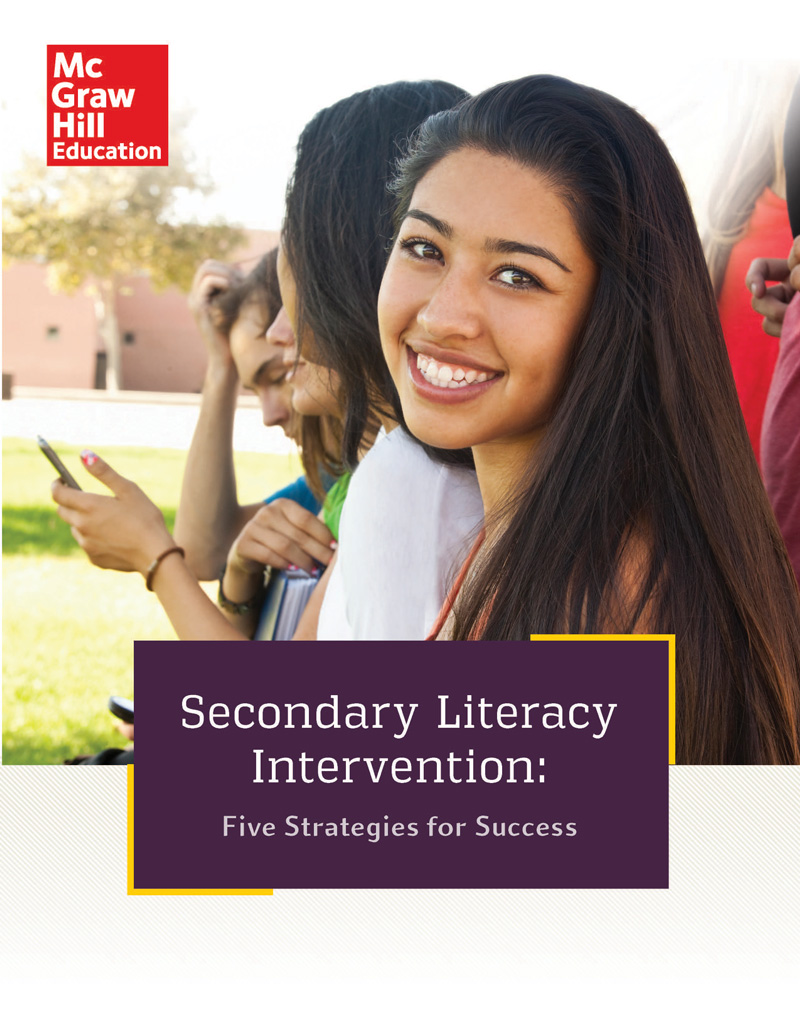My Account Details


Grades PreK–12
Research & Thought Leadership for Direct Instruction
Visit our research portal to find white papers supporting the research in these Direct Instruction programs: Reading Mastery Signature Edition, Corrective Reading, Early Interventions in Reading, Intervenciones tempranas de la lectura, Read to Achieve, Connecting Math Concepts, Corrective Math.

Learn three reasons why special ed teachers and intervention specialists should embrace a method of instruction that's rooted in science.
Read the blog post "Direct Instruction in Your Classroom: 3 Reasons to #TeachWhatWorks".





















































